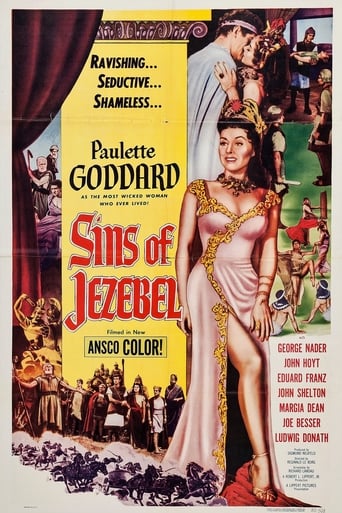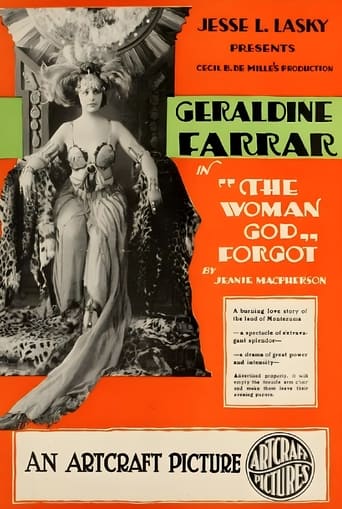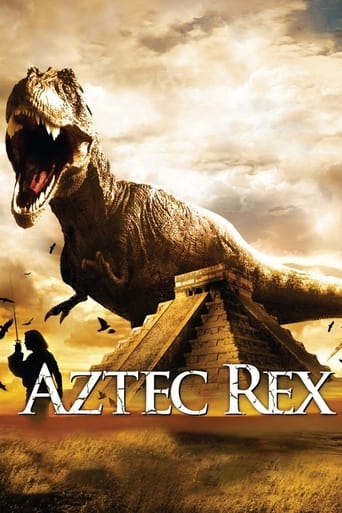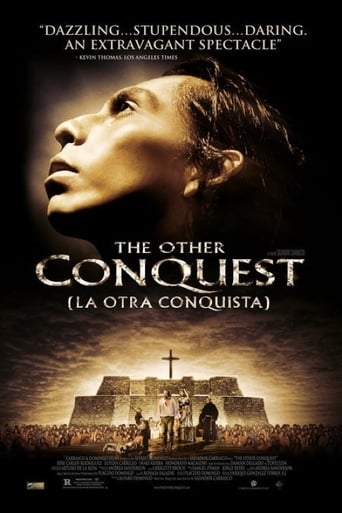
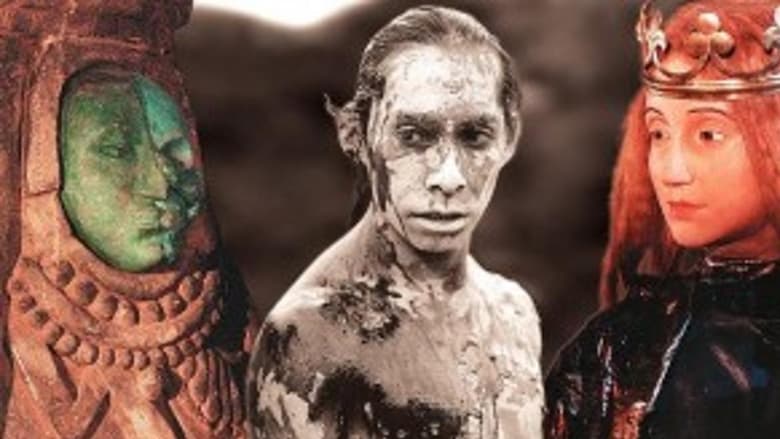
The Other Conquest (2000)
The film is a drama about the aftermath of the 1520s Spanish Conquest of Mexico told from the perspective of the indigenous Aztec people. It explores the social, religious, and psychological changes brought about by a historical process of colonization that both defined the American continent and is also highly reminiscent of today’s neocolonialism.
Watch Trailer
Cast
Similar titles
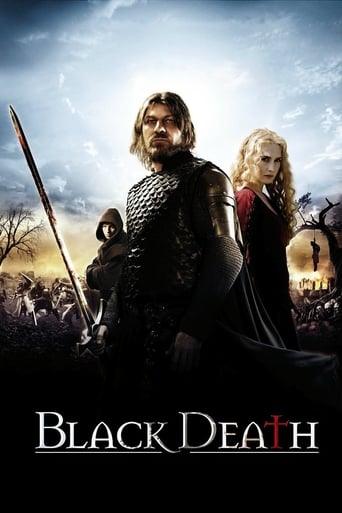
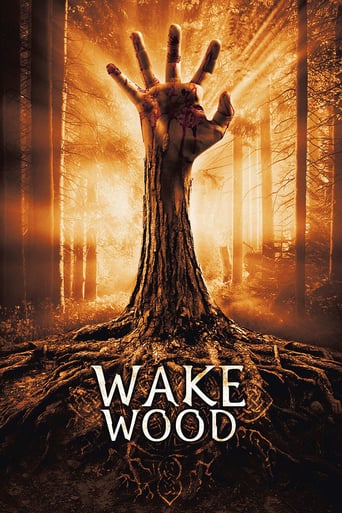
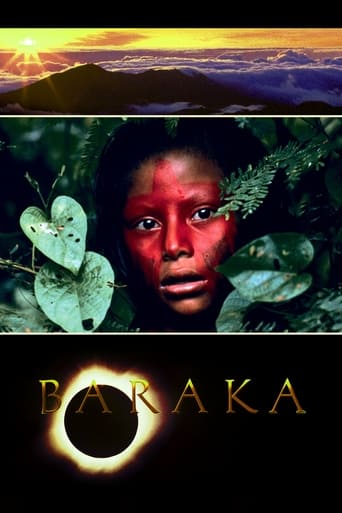
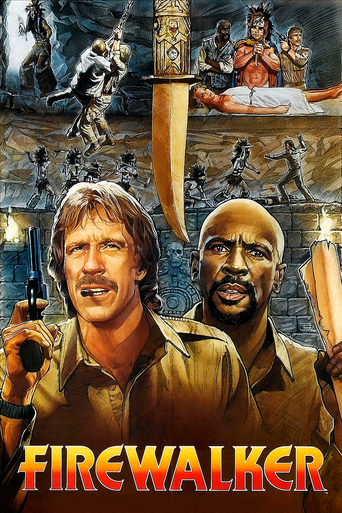
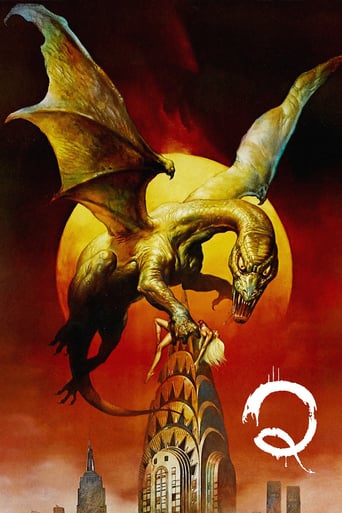
Reviews
That was an excellent one.
A waste of 90 minutes of my life
This is a small, humorous movie in some ways, but it has a huge heart. What a nice experience.
The film never slows down or bores, plunging from one harrowing sequence to the next.
La Otra Conquista is the story of the great traumatism that has defined, influenced, and shaped everything that has happened in Mexico since then – the Spanish conquest and ensuing colonisation of Mexico that radically altered and transformed the entire country, leaving the indigenous survivors disoriented and powerless. I'll start with the negative aspects of the film. In my own opinion, the acting certainly left something to desire, and the special effects were practically risible, although I don't really begrudge the film too much on that point. This film was not made to be the splashiest movie to have ever been shown in theatres. It was a film made with an infinitesimally small budget, but you don't need a large budget to communicate a powerful message – and that is something to keep in mind while watching La Otra Conquista. La Otra Conquista beautifully explores the trauma of the arrival of the Spanish and how it turned the Aztec's world entirely upside down, leaving them directionless orphans wondering where everything had gone wrong and how they could pick up the pieces and keep going. The film's protagonist's story reflects that of his people – the trauma, pain, loss, and suffering after the arrival of the Spanish, and the slow recovery and rebuilding process afterwards. While he adapts himself to a new Europeanised world and mourns what he has lost, he doesn't become the mini-European that the Spanish would like him to be. His unique approach to his new religion – Christianity, shows not only how he and people like him adopted Christianity all while modifying it to make it more analogous to their previous religion, much to the horror of the puritanical Spanish. It also shows how Christianity became a powerful source of perseverance in the face of adversity and loss – a role that it continues to play even now – for many in Latin America whose world had been irrevocably shaken by the arrival of Europeans.
La otra conquista is culturally and historically steeped in the conflict between Spain and the indigenous Aztec population of present day Mexico in the sixteenth century subjugation of the New World by Europe. Taking place in and around Tenochtitlan in the year 1520, the film portrays the illegitimate son of Emperor Moctezuma, Topiltzin, as he resists the Spaniards' religious institutionalization that seeks to replace the Aztec pantheon—particularly the Mother Goddess to whom Topiltzin is a scribe and ardent devotee—with the recognition of Christianity, chiefly through coercing the natives to worship depictions of the Virgin Mary.While this sets up distinct religious persecution, the movie also has much to say about cultural intolerance and the irreconcilability of different peoples who cannot respect or coexist with one another. Despite being forced to speak Spanish at a mission, Topiltzin speaks with his sister, Tecuichpo, in native Mexican when not monitored; despite being forced to live among Spaniards, Topiltzin remains loyal to his own people and culture; and despite being forced to worship a foreign idol, Topiltzin does not accept the Virgin Mary, but rather he returns to his pre-conquest self and embraces a statue of her as another culture's depiction of his own Mother Goddess. Though religion is the film's focus, Topiltzin resists his new life in every way he can, and to parallel how the Spanish destroy the 'fetishes' of his culture in belief that Christianity and Europeanism are superior, he secretly maintains the Aztec way of life and only comes to terms with his obsession over the Virgin Mary when understanding it as a spiritually-lesser people's interpretation and attempt to represent the Mother Goddess. The Spanish have failed at assimilating Topiltzin, and in doing so proved that mutually opposed ideologies and cultures cannot be combined or exchanged the way personalities can.Though bursting with symbolism and meaning, the film is an aesthetic vacuum with only the first and last scenes (the Alpha and the Omega) being artistically memorable.
Salvador Carrasco's "La Otra Conquista" is truly a phenomenal, one-of-a-kind film. From the opening scene, we immediately are confronted with the films underlying message, the loss of identity. Instead of having a flag as the object of worship, Carrasco's choice to have the fully dimensional Virgin Mary allowed me to interpret her as another character. This film accurately addresses the oppression of a culture. I felt that Carrasco did a great job at maintaining an even playing field—a biased film this is not. An incredibly profound and hard-hitting quote occurs when Tomaś says, "I don't adapt. I know who I am." That eight word sentence embodies "The Other Conquest." Tomaś's inner struggle is to hold on to what the people around him are stripping from him. The story of Tomaś is a full-fledged tragedy. It is certainly clear that Carrasco desires to remain invisible as a filmmaker in order to portray the important message that the film has to offer. Another theme that seemed quite prominent was the "loss of mother," both figuratively and literally. In the opening scene, it is discovered that Tomaś's mother has been killed. The historical event refers to May 19, 1520, "The Great Temple Massacre". Tomaś soon after looks to the Virgin Mary as motherly figure as he is being whipped with chains and burnt in the company of his own people. Throughout the movie, as he is molded and converted from an Aztec Prince into a Spanish and Christian way of life, as his conquerors continue to strip away at his beliefs and identity, the one thing that he lives for is that Virgin Mary. He still holds on to it. Overall, the film is direct and very clear in message, and it had a positive effect on me.
It is refreshing to see a film about the Spaniards conquering the Aztecs from the point of view of the Aztecs. I believe this film did a good job of portraying the events that occurred. The film contained strong content, it was difficult to watch the sacrificing of the virgin at the beginning of the film. This film initially had some slow points, but the overall essence of the film regarding the Aztec culture seemed accurate. As a Mexican, it makes me proud to see successful films about our culture thriving in the entertainment industry. Not only did this film focus on the conquest of the natives but also left you thinking about the history of other cultures who had to endure similar battles. Personally knowing the director of the film (he was my college professor) opened my eyes to be more detail oriented. Hearing about how the film was made and the struggles to complete the film was incredibly interesting.



